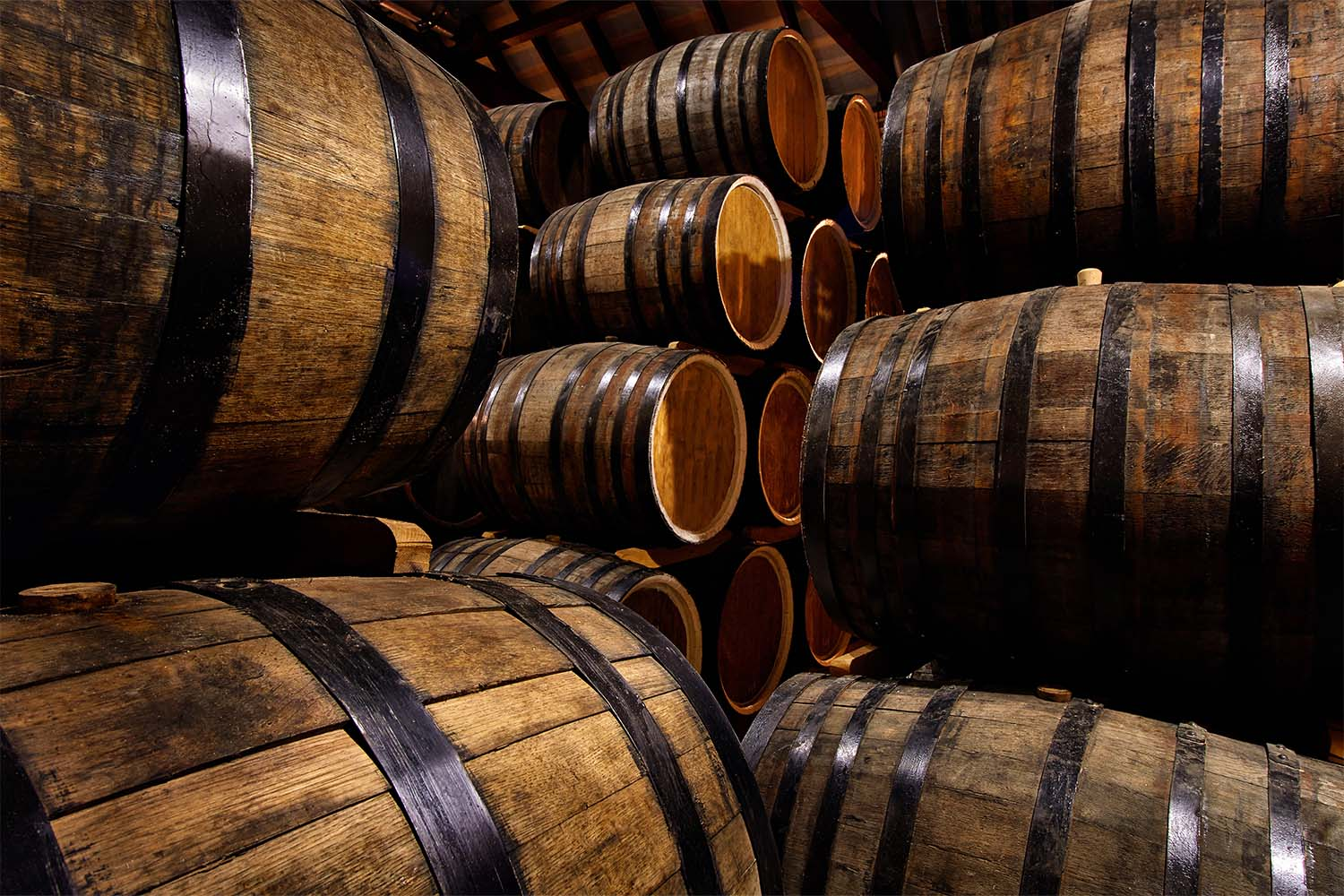When you sip on a fine whisky, what you taste is more than just distilled grain—it's a journey that starts in the stills and culminates in oak barrels, where the spirit matures over time. The wooden barrels don’t just store the whisky; they shape its very soul. Understanding how oak influences whisky flavor is key to appreciating the depth and complexity of your favorite dram.
The Role of Oak: More Than Just a Container
Oak barrels are far from being mere storage vessels. They actively interact with the whisky, infusing it with rich flavors and aromas. The wood's natural properties allow it to breathe, subtly influencing the spirit through processes like oxidation and evaporation. This slow, transformative journey inside the oak is what gives whisky its character—ranging from vanilla and caramel to spice and smoke.

How Barrel Aging Transforms Whisky
As whisky rests in its wooden home, it undergoes several changes that define its final profile:
- Extraction: The spirit extracts compounds from the wood, such as tannins, lignin, and vanillin. These contribute to flavors like vanilla, toasted nuts, and a hint of spice.
- Evaporation: Known as the "angel's share," this process allows some of the whisky to evaporate, concentrating the flavors that remain. The longer the whisky ages, the more pronounced this effect.
- Oxidation: As air interacts with the whisky through the porous wood, subtle oxidation occurs, which can soften harsh edges and add complexity.
- Maturation: Over years, the whisky mellows and integrates with the wood, harmonizing flavors into a balanced profile. This stage is crucial for achieving the desired depth and smoothness.
The Influence of Different Oak Types
Not all oak is created equal. The type of oak used can dramatically alter the whisky's flavor:
- American Oak: Typically used for bourbon, American oak imparts sweet, vanilla, and caramel notes. It’s known for its tight grain and high levels of vanillin, making it a popular choice for distillers seeking a smooth, sweet profile.
- European Oak: Often used in sherry casks, European oak tends to impart spicier, more robust flavors, with hints of dried fruit, cinnamon, and clove. The broader grain of European oak allows for a deeper interaction between the whisky and the wood.
- Japanese Oak (Mizunara): Unique and rare, Mizunara oak is prized for the complex, exotic flavors it imparts, such as sandalwood, coconut, and even a touch of incense. Whiskies aged in Mizunara casks are highly sought after for their distinct character.

The Art of Cask Selection and Reuse
Distillers often choose barrels with specific characteristics to influence the whisky's final taste. Some might opt for first-fill barrels, which have only been used once before, while others might prefer second-fill or even third-fill casks to achieve a subtler wood influence. Additionally, the practice of finishing—transferring whisky to a different cask for the final stage of aging—allows distillers to add layers of flavor, like the rich fruitiness of a sherry cask or the bold spice of a port cask.
Tasting the Oak: What to Look for in Your Next Dram
Next time you pour a glass, take a moment to consider the journey it’s been on. Swirl the whisky, inhale deeply, and see if you can identify the oak's influence. Are there sweet, vanilla notes? A spicy warmth? Perhaps a whisper of smoke or a hint of dried fruit? The flavors you detect are the legacy of the oak barrel and its slow, patient work over the years.
Each sip is a testament to the delicate balance between spirit and wood—a relationship that defines the character of the whisky and elevates it from a mere drink to an experience. Whether you're exploring a bourbon matured in American oak or a single malt aged in European oak, understanding the role of barrel aging will deepen your appreciation and enhance your tasting journey.
As you explore the profound influence of oak on whisky flavor, why not experience it firsthand? White Oak Akashi Blended offers a delightful blend that showcases the subtle vanilla and caramel notes typical of American oak. For a richer, more complex experience, the Balvenie DoubleWood 12 Year Old is matured in two different wood types, bringing out layers of spice and dried fruit. Each sip is a testament to the art of barrel aging—discover how these choices reflect the very essence of oak's impact on whisky.








